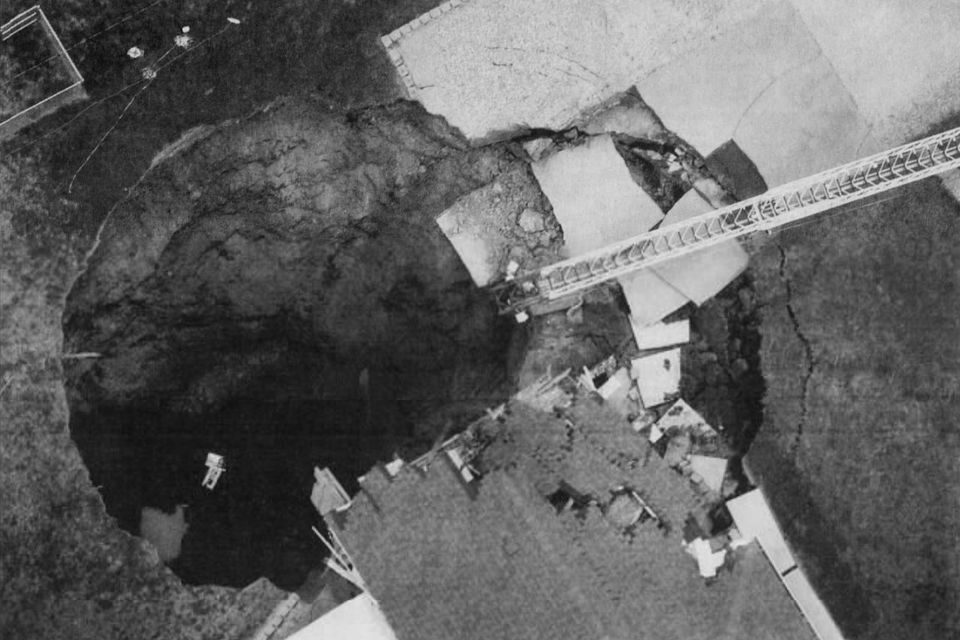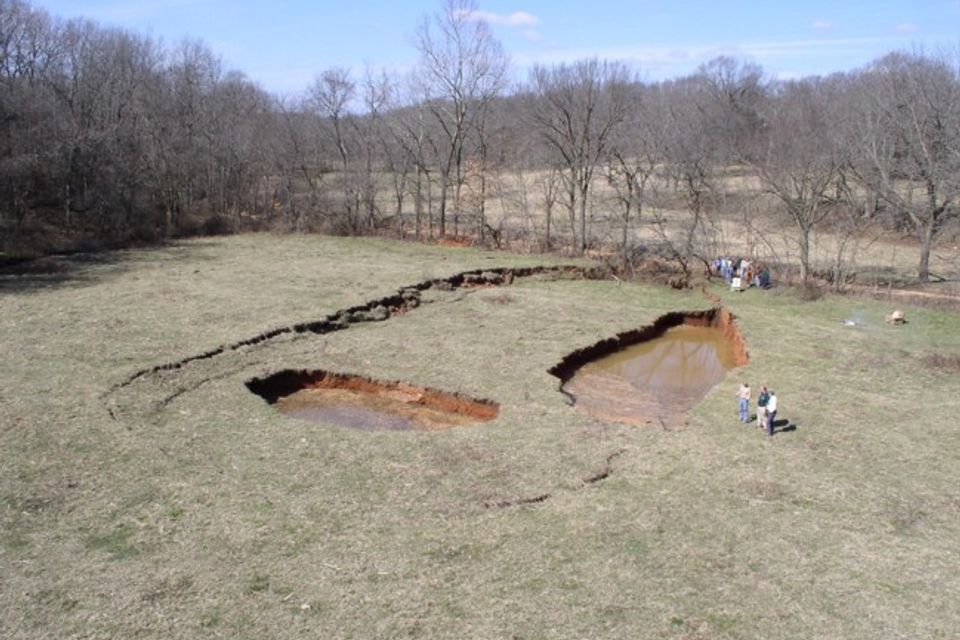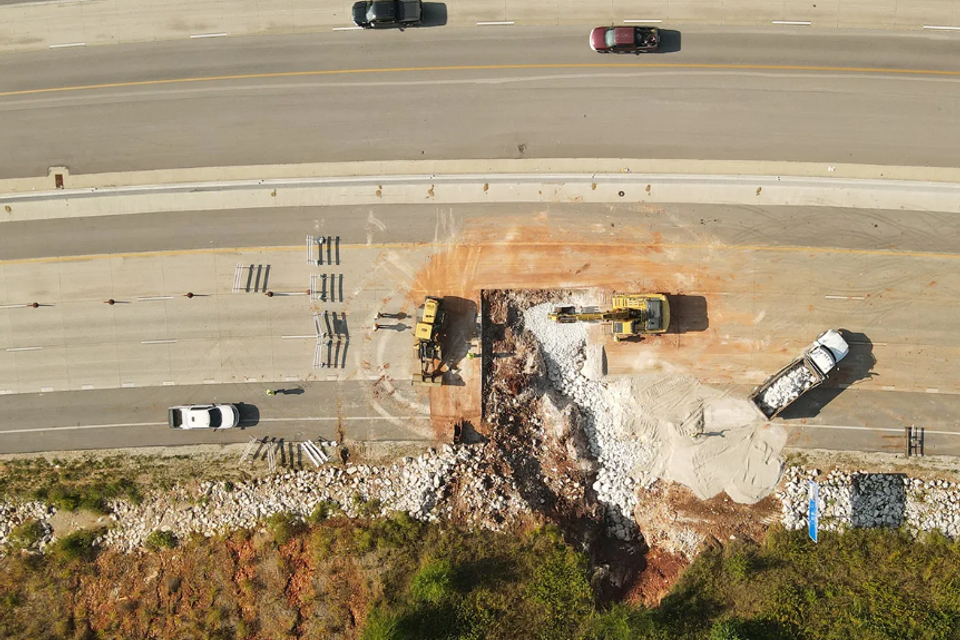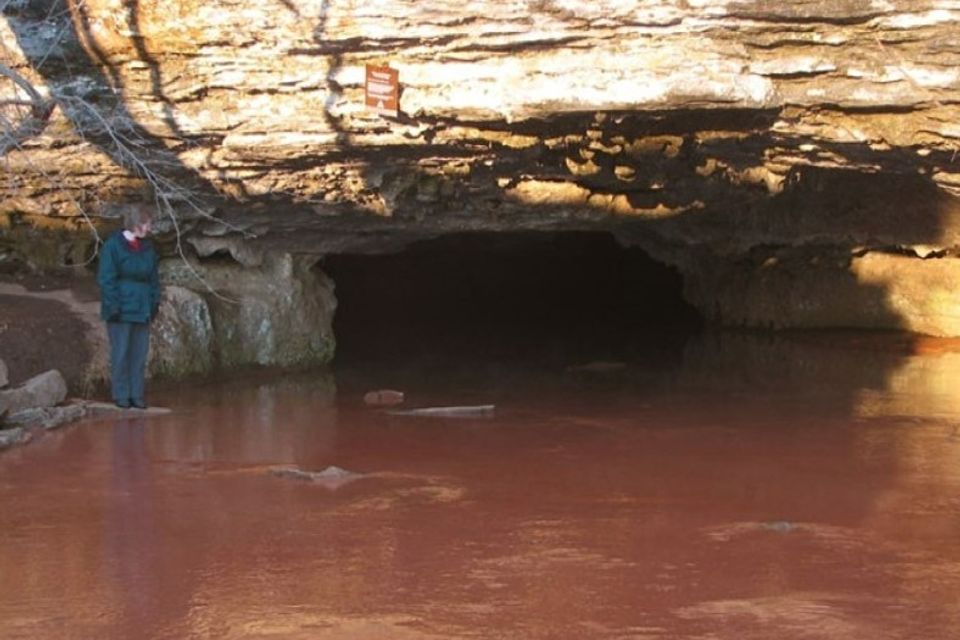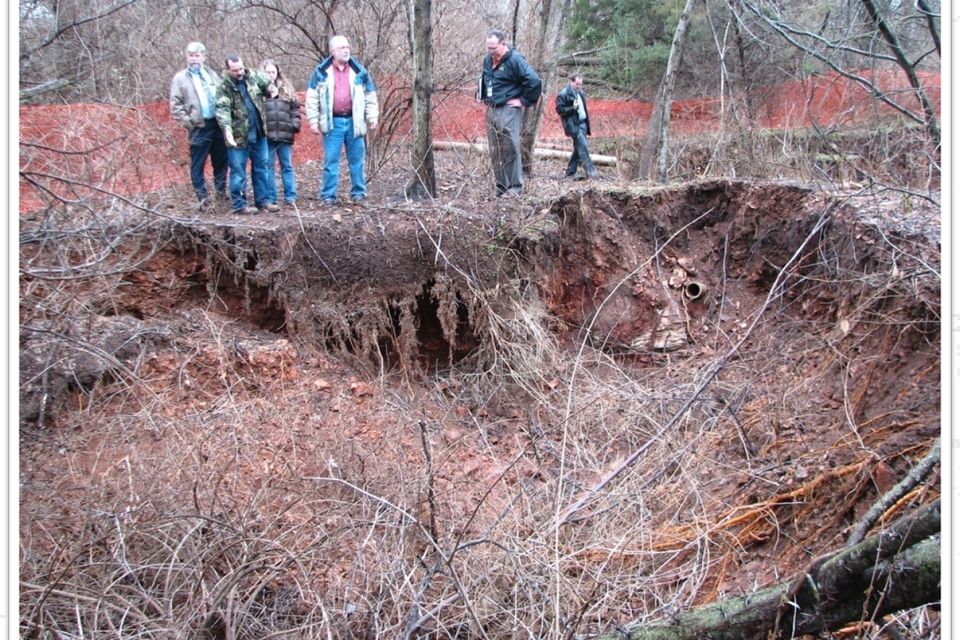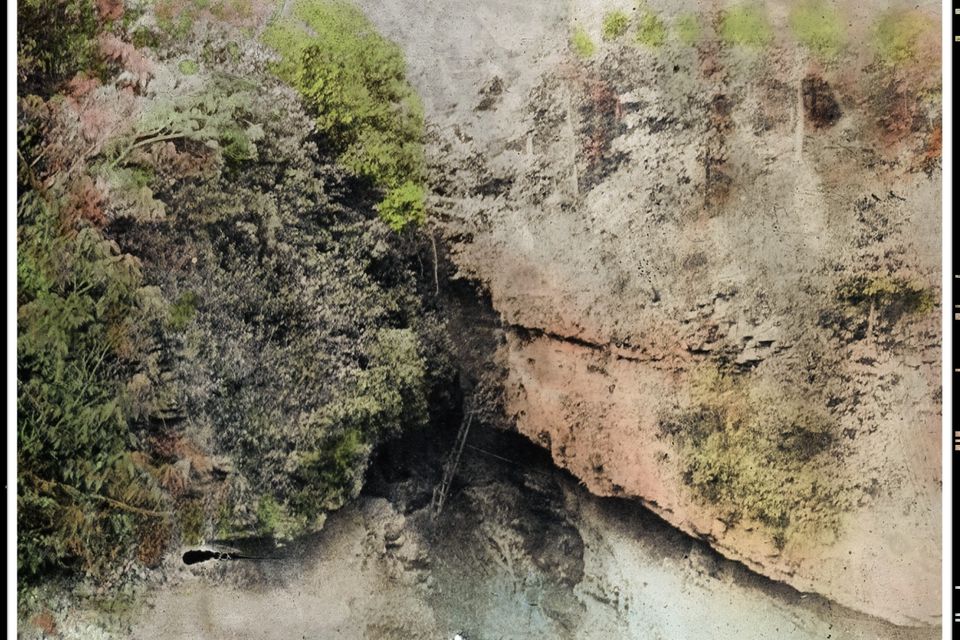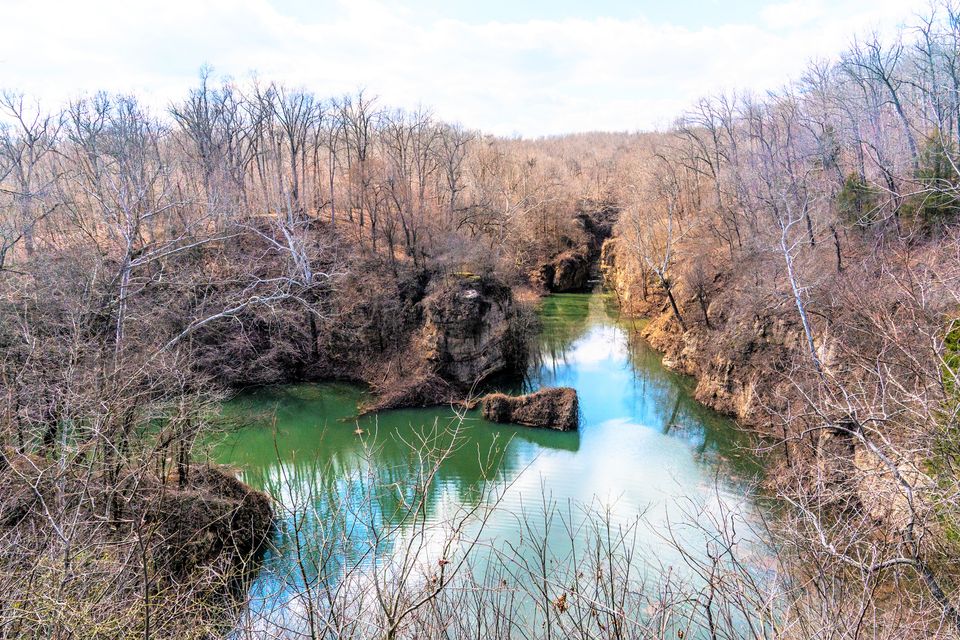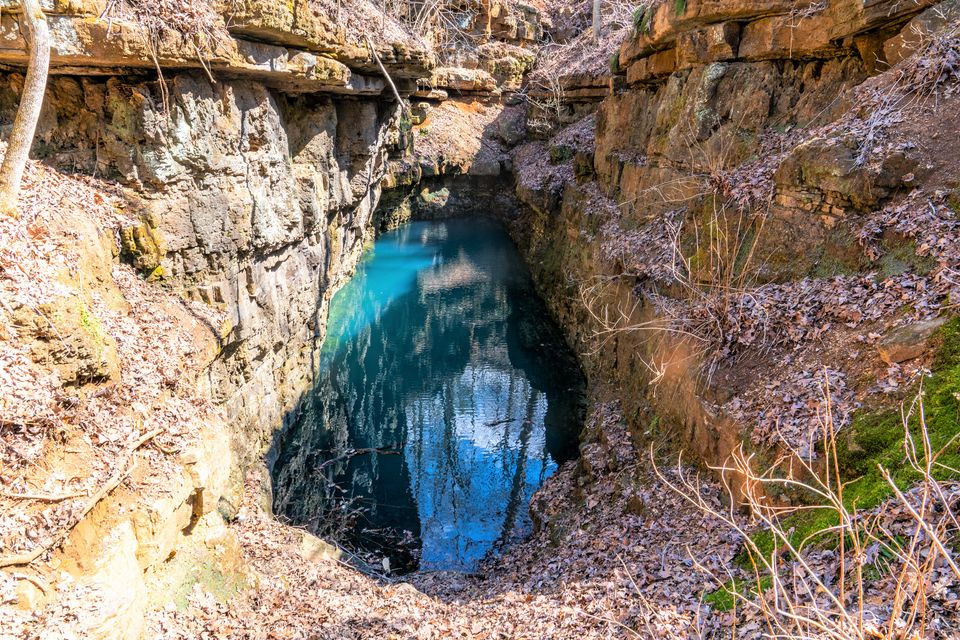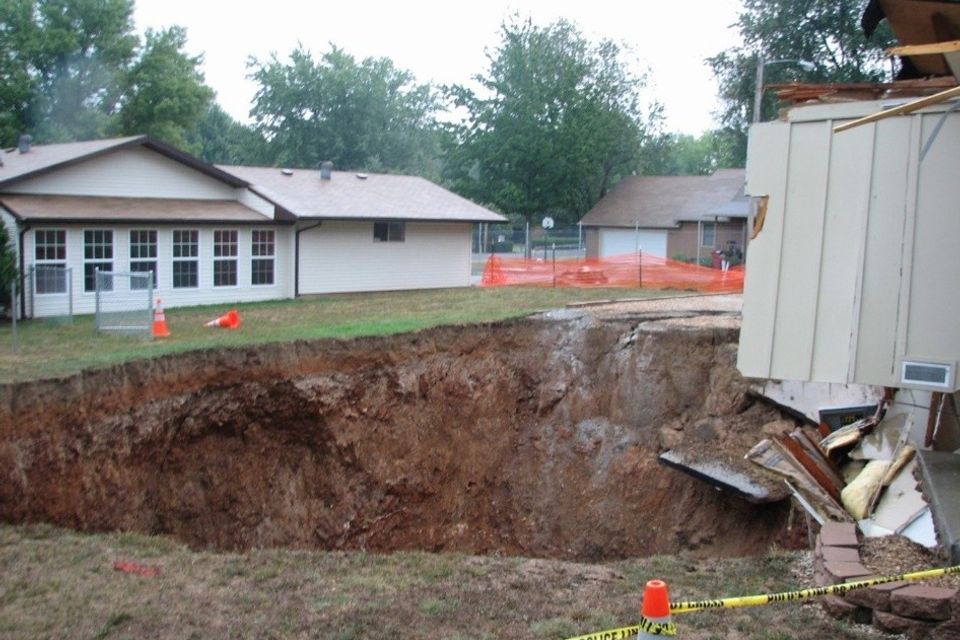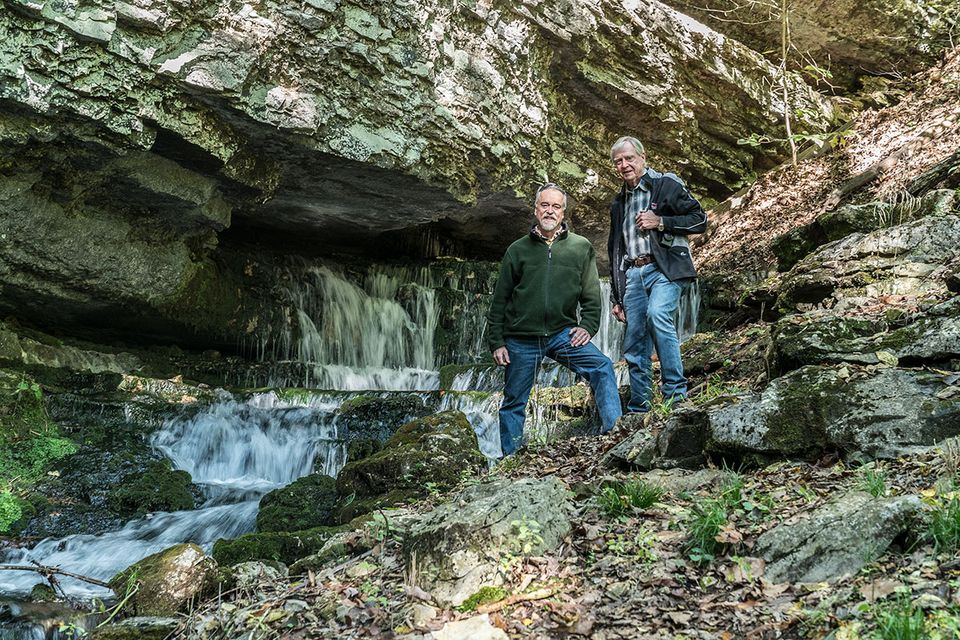
Springs
One of my earliest memories of springs is from camping with my family at Bennett Springs State Park. We spent a rainy night in a leaky canvas tent, my mom strategically positioning our sleeping bags between the drips. The next day my dad took me fishing. To his probable disappointment, I wasn’t that interested in trout. Instead, I found myself drawn to the spring, the source of the stream and, for that matter, the fish. As I wandered upstream, a pool of the most amazing blue color suddenly appeared. I found my mind irresistibly drawn into the mysterious underworld from which it rose.
I have been fascinated by springs ever since. I even planned work trips and vacations around them. In Florida, I swam with manatees in a crystal-clear spring. I marveled at the vast curtains of water spilling from basalt ledges at Thousand Springs in Idaho, and in the Grand Canyon watched in awe as Thunder River, really a gigantic spring, gushed like an oversized fire-hydrant from a sheer limestone wall. At Machu Picchu, I was astounded by the ingenious plumbing system used by the Incas to bring water from a mountain spring into their homes and temples.
But I didn’t have to travel that far to see amazing springs. Many of Missouri’s springs are just as majestic and beautiful as those anywhere. Our springs have their own unique characteristics and charms, adding interest and intrigue to the landscape. I find my life enriched by their presence, even in small ways, as when I’m wade-fishing and feel those little hidden springs, the pockets of extra-cold water suddenly tingling my feet; or the sight of a watercress-filled spring branch on a cold, gray day, glorious green against the dead brown of winter.
Springs have enriched our lives in so many ways, yet we rarely pause to appreciate them today. My springs book is an attempt to initiate and fill that pause, through image and text, with an appreciation of the ways that springs have touched, and continue to touch, our lives. Missouri’s springs are valuable natural assets. Like precious jewels, they should be saved and safeguarded forever.
Springs can be as small as a seep issuing from a rock face to a giant boil erupting from deep underground. The two buttons below show the variety in magnitude, from tiny springs erupting after heavy rain near Pearson Creek in May, 2025, to Meramec Spring in high flow, December 2015.
I have been fascinated by springs ever since. I even planned work trips and vacations around them. In Florida, I swam with manatees in a crystal-clear spring. I marveled at the vast curtains of water spilling from basalt ledges at Thousand Springs in Idaho, and in the Grand Canyon watched in awe as Thunder River, really a gigantic spring, gushed like an oversized fire-hydrant from a sheer limestone wall. At Machu Picchu, I was astounded by the ingenious plumbing system used by the Incas to bring water from a mountain spring into their homes and temples.
But I didn’t have to travel that far to see amazing springs. Many of Missouri’s springs are just as majestic and beautiful as those anywhere. Our springs have their own unique characteristics and charms, adding interest and intrigue to the landscape. I find my life enriched by their presence, even in small ways, as when I’m wade-fishing and feel those little hidden springs, the pockets of extra-cold water suddenly tingling my feet; or the sight of a watercress-filled spring branch on a cold, gray day, glorious green against the dead brown of winter.
Springs have enriched our lives in so many ways, yet we rarely pause to appreciate them today. My springs book is an attempt to initiate and fill that pause, through image and text, with an appreciation of the ways that springs have touched, and continue to touch, our lives. Missouri’s springs are valuable natural assets. Like precious jewels, they should be saved and safeguarded forever.
Springs can be as small as a seep issuing from a rock face to a giant boil erupting from deep underground. The two buttons below show the variety in magnitude, from tiny springs erupting after heavy rain near Pearson Creek in May, 2025, to Meramec Spring in high flow, December 2015.
